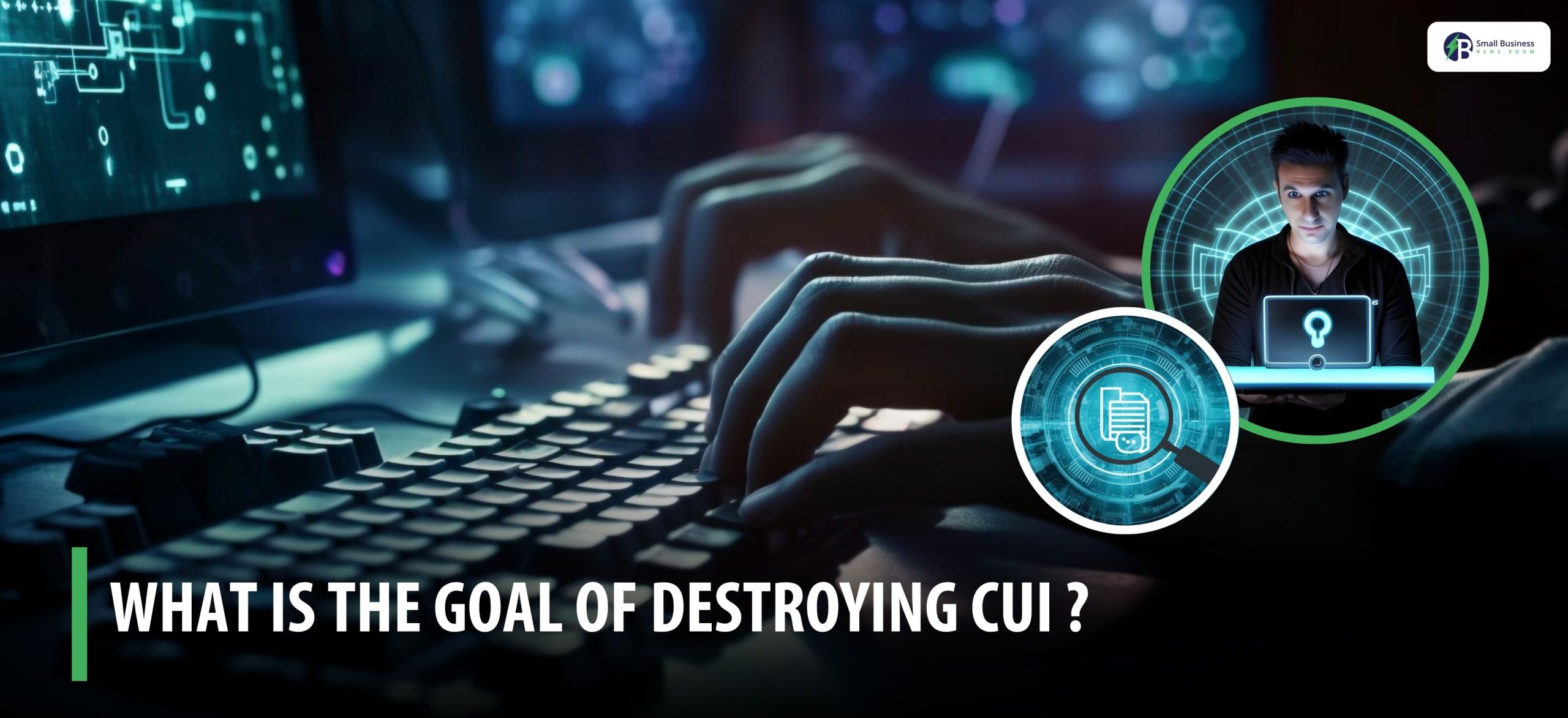Table Of Contents
What Is The Goal Of Destroying CUI? Safeguarding Sensitive Data
Information is crucial in today’s digital world, and some of it requires additional security. This is where Controlled Unclassified Information, or CUI, is useful.
Although not classified, the government’s sensitive information is still significant enough to warrant protection.
So, what is the goal of destroying CUI? Ensuring that the data is completely unreadable, unrecoverable, and useless to anyone who shouldn’t have it is the primary objective of destroying CUI.
Data must be securely deleted when it is no longer needed to protect against cyberattacks and security risks.
Whether digital or paper, properly disposing of CUI protects public trust, personal data, and national security.
CUI: The Overall Concept
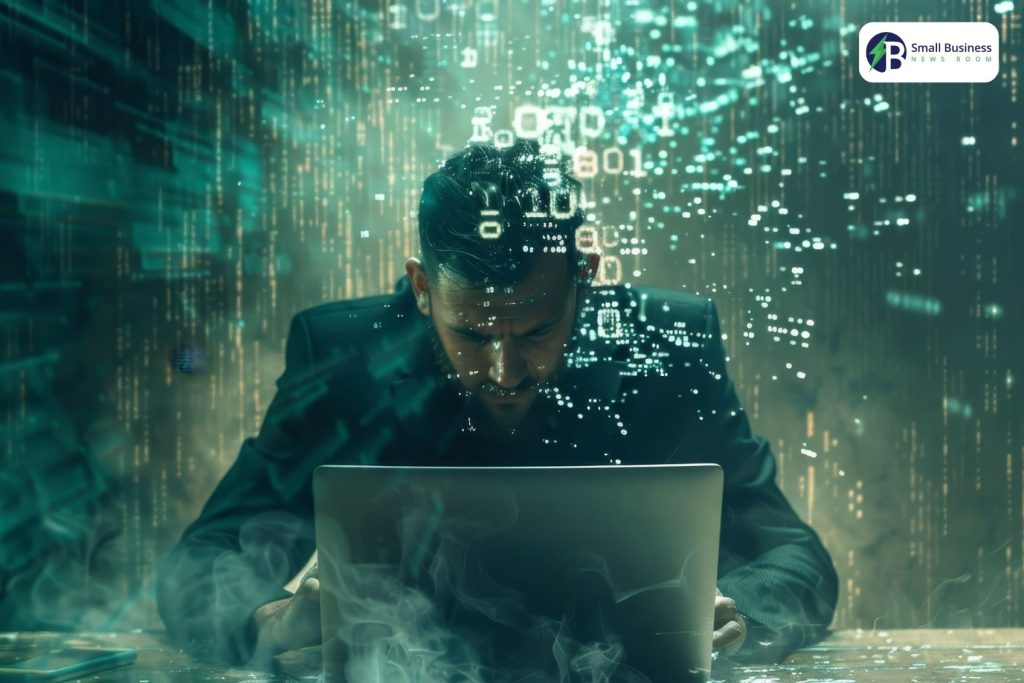
Controlled Unclassified Information is a designation primarily used by the United States Government. They use this particular designation to identify all sorts of information that requires two basic things:
- Safeguarding
- Disseminate control
They do it all while abiding by laws, regulations, and government-wide policies. CUI mainly involves information that may pose a threat to national security, economic interests, and the physical safety of everyone.
Thus, it is necessary to ensure that it is not released without proper authorization.
Currently, CUI does not fall under any legal protection under federal law. The president issued an executive order directing the agencies to establish a particular framework to safeguard the CUI.
As a result, the agencies are currently focusing on developing various regulations that can strongly protect the CUI from all sorts of unauthorized access and cybersecurity threats.
What Is The Goal Of Destroying CUI?
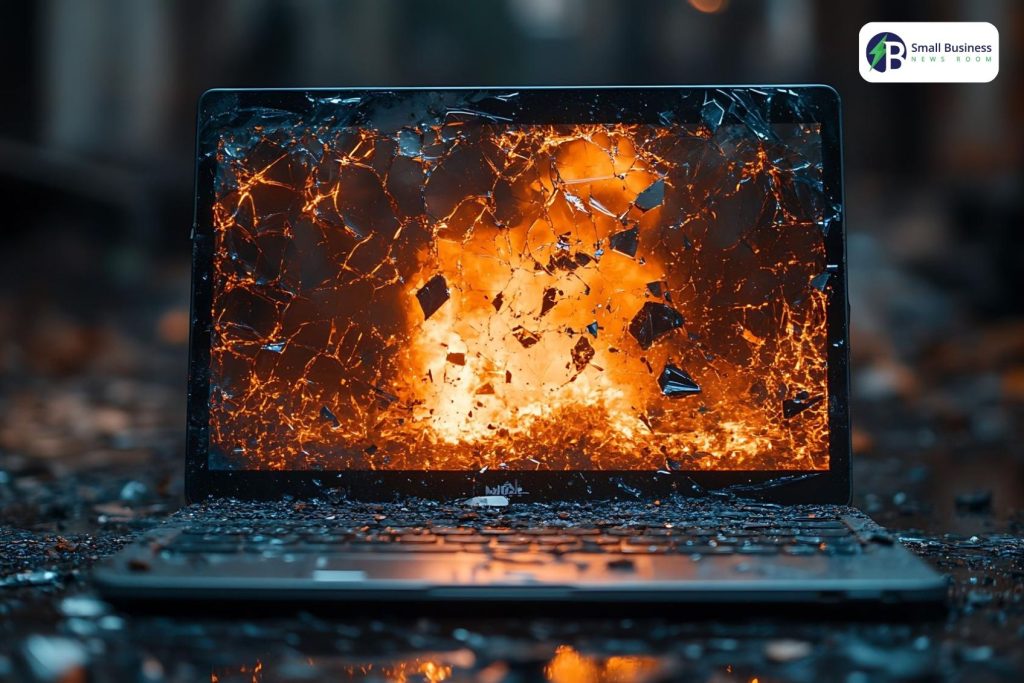
The CUI data destruction is a very necessary step in the lifecycle management. The primary objective is straightforward: to safeguard all types of sensitive government information from reconstruction, misuse, and unauthorized access once it is no longer in use.
The destruction of CUI data ensures that the information becomes:
- Unreadable: The data is transformed into a particular format that humans or machines cannot interpret.
- Indecipherable: let’s say you have obtained the raw data, you will still not be able to decode or understand it!
- Irrecoverable: One can never recover or restore by using any sort of forensic techniques or tools.
Why Does It Matter So Much?
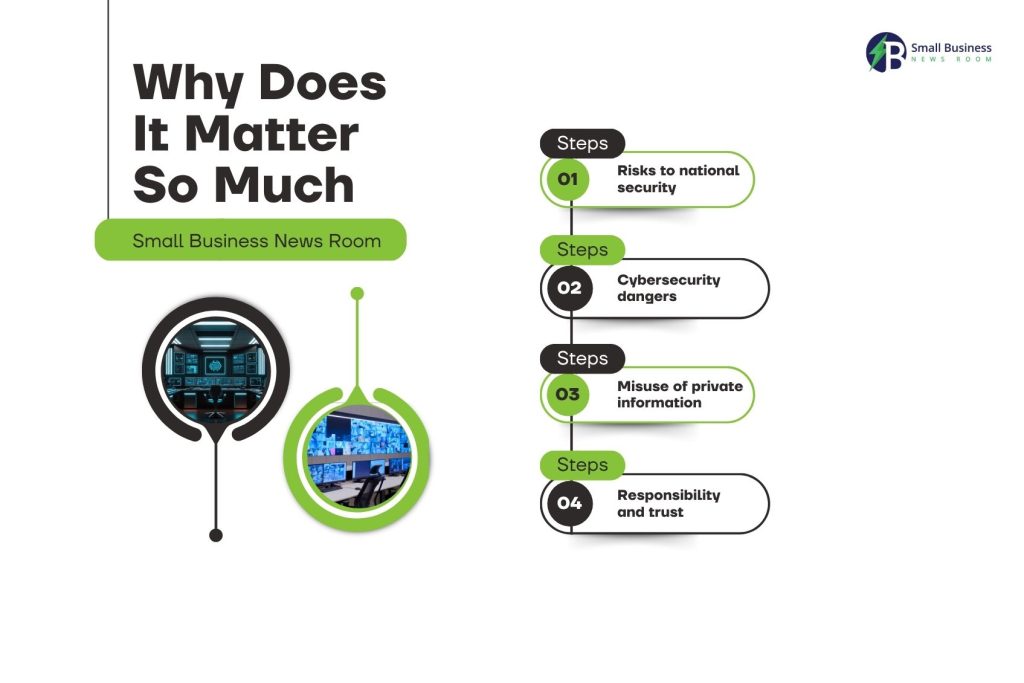
Why go through all this effort just to delete some data? You might ask yourself. The answer, however, is straightforward.
If CUI ends up in the wrong hands, it could cause major issues. Let’s examine some instances.
1. Risks to national Security
Someone from outside the nation could use CUI for government or defense projects against the country if they manage to obtain it. Even minor details can be harmful if they fall into the wrong hands.
2. Cybersecurity Dangers
Hackers are constantly searching for methods to get into systems and steal information. They may be able to retrieve CUI from old hard drives, emails, or documents.
This can be possible if it has not been properly destroyed. For this reason, appropriate methods of destruction are required.
3. Misuse of Private Information
Personal information such as names, addresses, or ID numbers can be found in certain CUI. If this information is made public, people may become victims of fraud or identity theft. People are shielded from these dangers by destroying CUI.
4. Responsibility and Trust
The government and its allies have to protect the data they gather. They are being irresponsible if they do not properly destroy CUI.
When data is properly destroyed, it demonstrates the agency’s reliability and commitment to data security.
How Can You Destroy CUI?
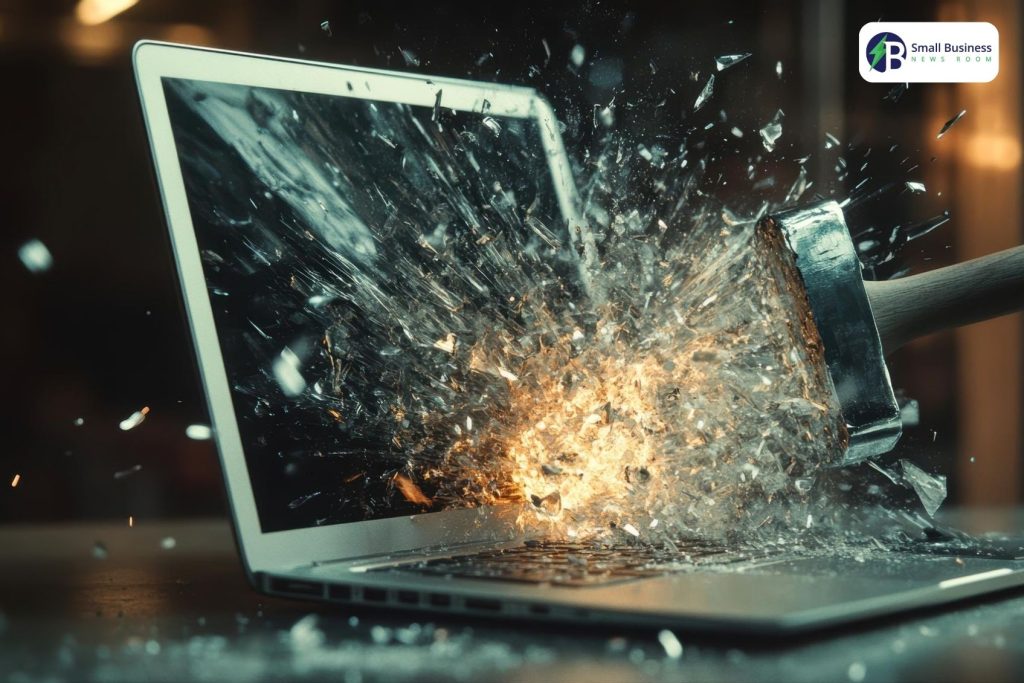
Paper files, electronic files, hard drives, USBs, and more can all contain CUI. Therefore, the type of material determines the destruction method.
Shredding is one of the most popular methods for paper documents. But not any shredder either.
Special shredders are used by agencies to reduce paper to extremely small fragments. They use specialized software to erase digital files so that no one can retrieve the data.
They occasionally even physically destroy storage devices such as hard drives by crushing or melting them. It takes more than just clicking delete.
That doesn’t delete the file from the device itself; it just deletes it from your screen. To guarantee that the data is truly deleted, permanently skilled experts take specific actions.
If CUI Isn’t Properly Destroyed, What Happens?
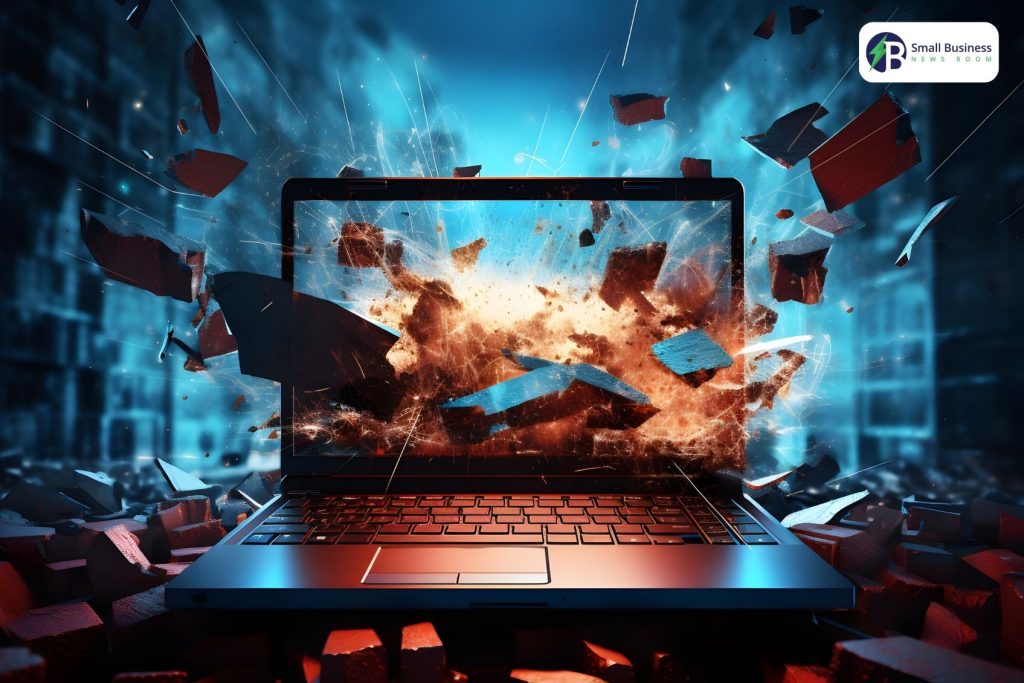
CUI poses hazards if it is not properly destroyed. Let’s consider some possible situations. A government contractor discards old reports in the trash without shredding them. They are discovered, and a picture is taken.
The government no longer has authority over that information. Or consider the sale of a government laptop that has not been thoroughly cleaned on the hard drive.
It could be that the purchased files could be recovered, and the data could be misused. The following outcomes may result from such incidents.
Public trust is lost. Legal matters. Security threats. Penalties in money. Because of this, destroying CUI according to the guidelines is not only advised but also required.
Who Takes Responsibility?
CUI must be destroyed and protected by all government agencies that deal with it. It’s not just federal employees, though.
CUI collaborates with a large number of private and public contractors. They also have to abide by the regulations. Overarching guidance is provided by the National Archives and Records Administration (NARA).
In order to ensure that everyone is aware of what to do, agencies then develop their own policies.
Another important aspect of this is training. Workers need to be taught the definition of CUI, how to safeguard it, and how to dispose of it properly.
Read More:






